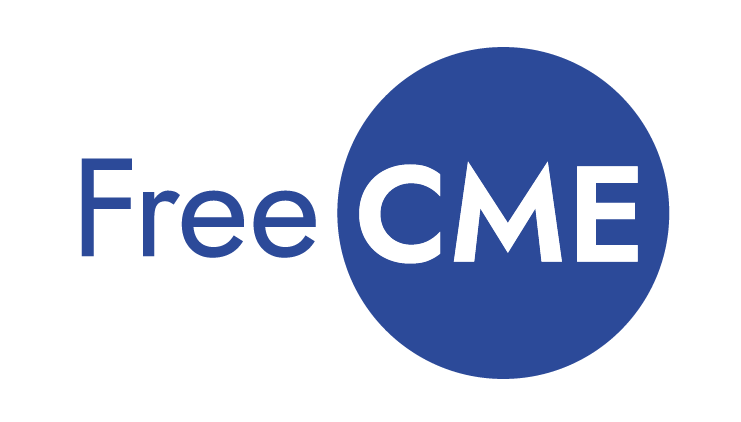Follow Us:

Primary care physicians, Family physicians, Pediatricians
Dermatology, Atopic Dermatitis, Pediatrics
Anthony J. Mancini, MD, FAAP, FAAD
Head, Division of Pediatric Dermatology
Ann & Robert H. Lurie Children’s Hospital of Chicago
Professor of Pediatrics and Dermatology
Northwestern University Feinberg School of Medicine
Chicago, IL
 Anthony J. Mancini, MD, FAAP, FAAD, is Professor of Pediatrics and Dermatology at Northwestern University Feinberg School of Medicine and Head of the Division of Pediatric Dermatology at Ann & Robert H. Lurie Children’s Hospital of Chicago, where he directs the division’s pediatric dermatology fellowship training program. Dr Mancini received his medical degree at the University of Arizona, and trained in pediatrics, pediatric dermatology, and dermatology at Stanford University, California. He is a Fellow of both the American Academy of Dermatology and the American Academy of Pediatrics (AAP).
Anthony J. Mancini, MD, FAAP, FAAD, is Professor of Pediatrics and Dermatology at Northwestern University Feinberg School of Medicine and Head of the Division of Pediatric Dermatology at Ann & Robert H. Lurie Children’s Hospital of Chicago, where he directs the division’s pediatric dermatology fellowship training program. Dr Mancini received his medical degree at the University of Arizona, and trained in pediatrics, pediatric dermatology, and dermatology at Stanford University, California. He is a Fellow of both the American Academy of Dermatology and the American Academy of Pediatrics (AAP).
Dr Mancini’s clinical and research interests include infantile hemangiomas, atopic dermatitis, exanthems of childhood, and neonatal skin maturation and skin disorders. He has published over 220 peer-reviewed articles, abstracts, books, and book chapters. He is coauthor of Hurwitz Clinical Pediatric Dermatology (3rd, 4th, 5th, and upcoming 6th editions), coeditor of the AAP publication, Pediatric Dermatology – A Quick Reference Guide (1st, 2nd, 3rd, and upcoming 4th editions), and Pediatric Section Editor of Dermatology (1st, 2nd, and 3rd editions). Dr Mancini is the past President of the Society for Pediatric Dermatology, where he also served for 10 years as Secretary-Treasurer, and past Chair of the 2017 World Congress of Pediatric Dermatology. He previously served on the AAP Executive Committee of the Section on Dermatology, the AAP Super CME Planning Group, and the AAP PediaLink Pediatric Dermatology Project Team. Dr Mancini is an author of the recently published AAP Clinical Practice Guidelines on Infantile Hemangiomas.
| 1. | Recognize the clinical features and characteristic age distribution patterns of atopic dermatitis (AD) | 2. | Describe the role of skin barrier dysfunction, immune dysregulation, and environmental factors in the pathogenesis of AD |
| 3. | Individualize AD management regimens according to age, location, disease severity, response to treatment, and quality-of-life (QOL) concerns | 4. | Educate patients and families about the safe and appropriate use of skin-directed therapies for the treatment of AD |
| 1. | Recognize the clinical features and characteristic age distribution patterns of atopic dermatitis (AD) |
| 2. | Describe the role of skin barrier dysfunction, immune dysregulation, and environmental factors in the pathogenesis of AD |
| 3. | Individualize AD management regimens according to age, location, disease severity, response to treatment, and quality-of-life (QOL) concerns |
| 4. | Educate patients and families about the safe and appropriate use of skin-directed therapies for the treatment of AD |


This activity is supported by an educational grant from Pfizer Inc.
PROGRAM OVERVIEW
This case activity addresses the latest in the care and management of atopic dermatitis and provides expert insights on creating a personalized, holistic management plan to improve disease control and quality of life for your patients and their caregivers.
TARGET AUDIENCE
Family physicians
LEVELS OF EVIDENCE
Levels of evidence are provided for any patient care recommendations made during this presentation.
Level A (randomized controlled trial/meta-analysis): High-quality, randomized controlled trial (RCT) that considers all important outcomes. High-quality meta-analysis (quantitative systematic review) using comprehensive search strategies
Level B (other evidence): A well-designed, nonrandomized clinical trial. A nonquantitative systematic review with appropriate search strategies and well-substantiated conclusions. Includes lower-quality RCTs, clinical cohort studies, and case-controlled studies with nonbiased selection of study participants and consistent findings. Other evidence, such as high-quality, historical, uncontrolled studies, or well-designed epidemiologic studies with compelling findings, is also included
Level C (consensus/expert opinion): Consensus viewpoint or expert opinion
Each rating is applied to a single reference in the presentation, not the entire body of evidence on the topic.
OFF-LABEL STATEMENT
The faculty does not discuss non–FDA-approved or investigational agents for the treatment of atopic dermatitis (eczema).
Participants should appraise the information presented critically and are encouraged to consult appropriate resources for any product or device mentioned in this activity.
COURSE VIEWING REQUIREMENTS
| Supported Browsers: Internet Explorer 8.0+ for Windows 2000, 2003, Vista, XP, Windows 7, Windows 8 and above Google Chrome 28.0+ for Windows, Mac OS, or Linux Mozilla Firefox 23.0+ for Windows, Mac OS, or Linux Safari 6+ for Mac OSX 10.7 and above For video playback, install the latest version of Flash or Quicktime. | Supported Phones & Tablets: Android 4.0.3 and above iPhone/iPad with iOS 6.1 or above |
